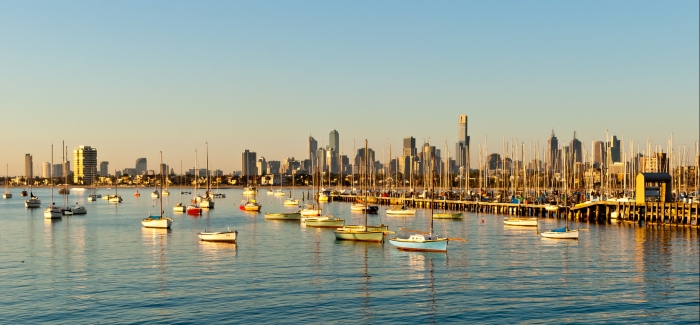A week today, on 25 November, the new edition of the QS Best Student Cities will be released. Now in its third year, this index highlights the world’s best cities for international students, drawing on a range of indicators relating to universities, student community, lifestyle, affordability and employment prospects. The published index lists the world’s 50 top cities for students overall, with the option to filter the results to show the best cities in each of these five categories.
The 2014 edition of the QS Best Student Cities saw Paris top the list for the second year running, with cross-channel rival London retaining second place. A total of 30 countries claimed at least one entrant among the top 50, which featured 21 cities in Europe, 10 in the US and Canada, 9 in Asia, 7 in Australia and New Zealand, and 3 in Latin America.
New indicators added to the methodology
This year sees the addition of several new indicators, with the aim of better reflecting each urban area’s desirability as an international study location. For the first time, each city will receive a score for safety (based on the Numbeo.com Safety Index); pollution (also from data collated by Numbeo.com); corruption (based on the Corruption Perceptions Index provided by Transparency International); and tolerance and inclusion (based on the Social Progress Index). The Economist’s Global Liveability Ranking is also incorporated for the first time this year.
This brings the total number of measures used to 16. These are grouped in five categories: university rankings, student population, desirability, employer activity and affordability. Each city receives a score out of 100 for each of these five areas, as well as an overall score and rank. In order to be considered for inclusion, two basic criteria must first be met: a population of over 250,000, and at least two internationally ranked universities.
Highlighting the world’s top cities for students
Launched in 2012, the QS Best Student Cities index is designed to help prospective international students choose from the plethora of potential study locations around the world. It highlights cities with the most impressive clusters of world-leading universities; cities with the largest and most internationally diverse student populations; cities whose graduates are in highest demand among employers both near and far; and cities in which tuition fees and living expenses add up to the most affordable totals.
With this year’s additions to the methodology, the index also aims to provide a more in-depth picture of the world’s top cities for students in terms of daily living. This reflects typical concerns and priorities of prospective students (and their families), such as safety, health, local levels of inclusivity and tolerance, and general living standards.
What makes a great student city? Join the conversation on Facebook and Twitter with #QSBestCities.















